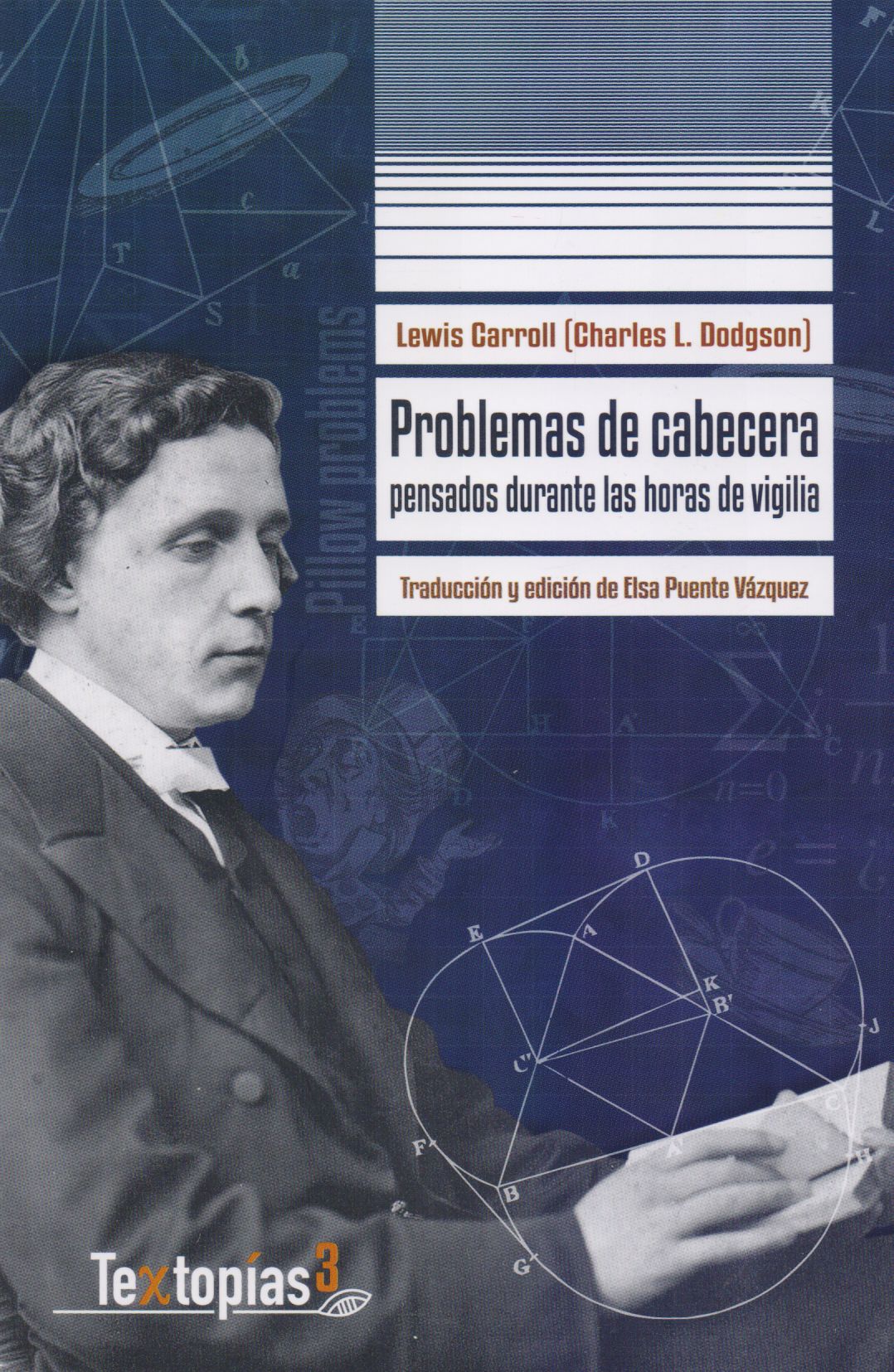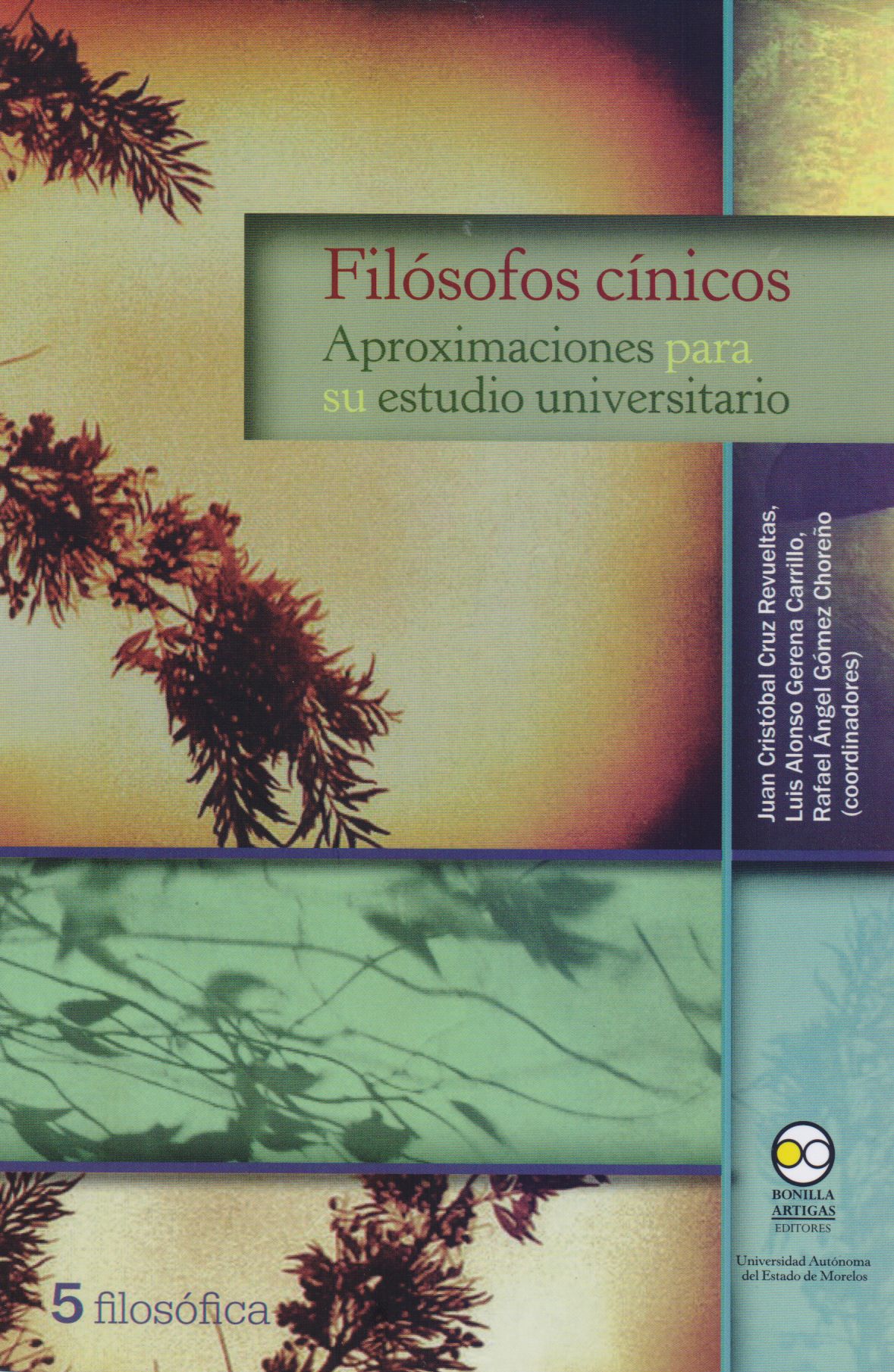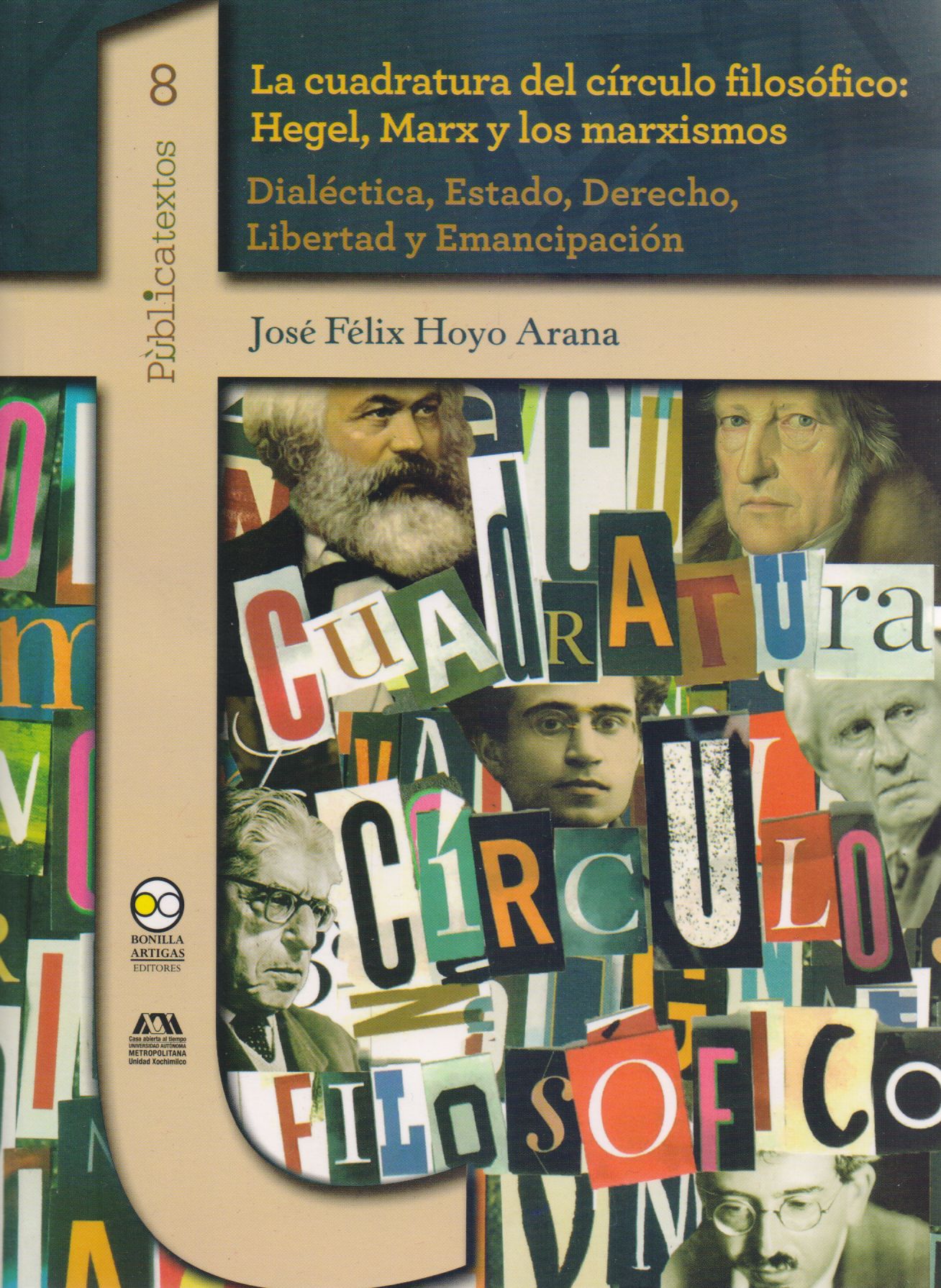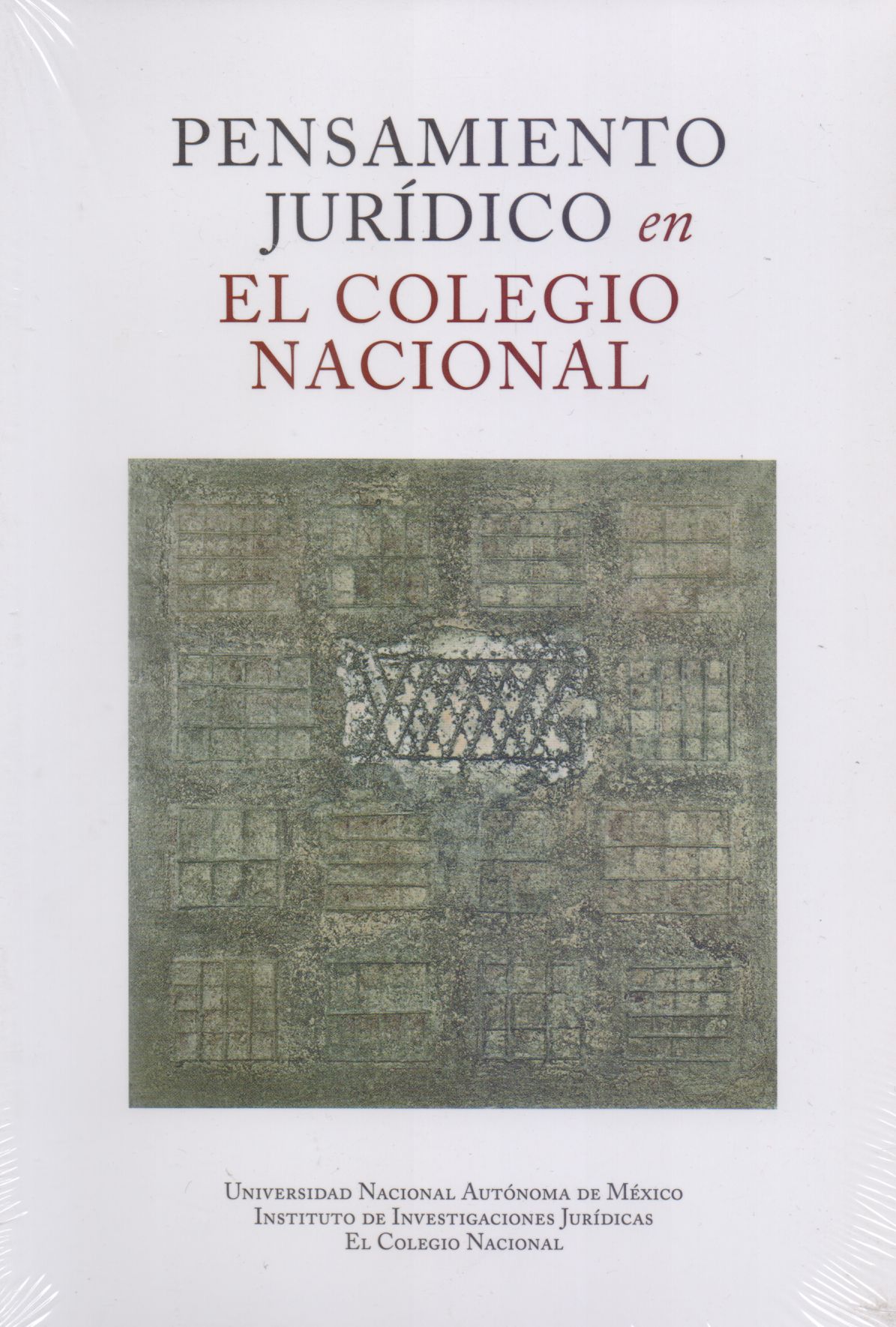Libros relacionados
 |
Problemas de Cabecera: Pensados Durante Horas de Vigilia Carroll, Lewis (Charles L. Dodgson) Bonilla Artigas Editores |
 |
Filósofos Cínicos: Aproximaciones Para Su Estudio Universitario Cruz Revueltas, Juan Cristóbal / Gerena Carrillo, Luis Alons Bonilla Artigas Editores |
 |
Teatro Átmico, Sagrado Sacerdocio: Ensayo Filosófico y Teoría Científica Sobre T Rangel Mora, Zonia Editorial Verdesoma |
 |
Concepto Poíesis en la Filosofía Griega, El: Heráclito-Sofistas-Platón Lledó, Emilio Academia Mexicana de la Lengua |
 |
Cuadratura del Círculo Filosófico, La: Hegel, Marx, y los Marxismos Hoyo Arana, José Félix Bonilla Artigas Editores |


|
Título: Humes Dialogues Concerning Natural Religion | |
| Autor: Pylr Andrew | Precio: $240.00 | |
| Editorial: Continuum International Publishing Group Inc. | Año: 2006 | |
| Tema: Estudio, Filosofia | Edición: 1ª | |
| Sinopsis | ISBN: 9780826475688 | |
| "Continuum's Reader's Guides" are clear, concise and accessible introductions to classic works of philosophy. Each book explores the major themes, historical and philosophical context and key passages of a major philosophical text, guiding the reader toward a thorough understanding of often demanding material. Ideal for undergraduate students, the guides provide an essential resource for anyone who needs to get to grips with a philosophical text. "Hume's Dialogues" provide a classic exposition and critique of the famous 'Argument to Design', the attempt to prove the existence and properties of a designing intelligence or God from the phenomena of Nature, notably the functional contrivance of the parts of plants and animals. As such, it raises questions of central interest in both philosophy and theology. This is a hugely important and exciting, yet challenging, piece of philosophical writing. In "Hume's Dialogues Concerning Natural Religion: A Reader's Guide", Andrew Pyle explains the philosophical and theological background against which the book was written, including what is meant by 'natural' religion. He goes on to address the question of why Hume chose to write in dialogue form, sketches out the views of the three characters and introduces the questions they address. The book then takes the 12 parts of the Dialogues in turn and guides the reader to a clear understanding of the text as a whole. This is the ideal companion to study of this most influential and challenging of texts. | ||
Librería Bonilla SA de CV © Todos los derechos reservados. 2019
Última actualización: Jul 2019





